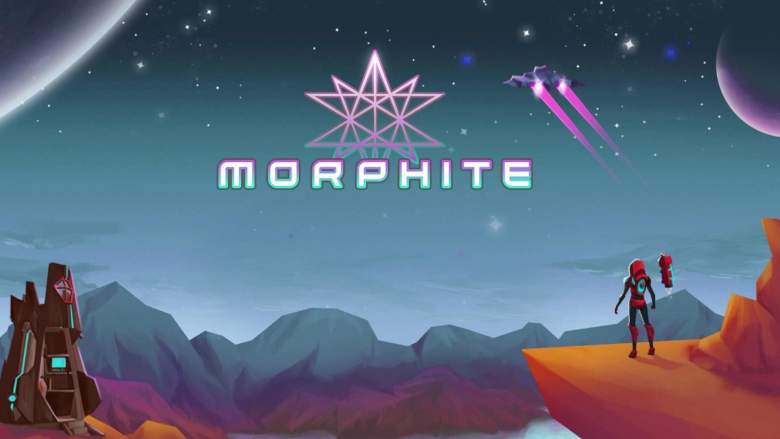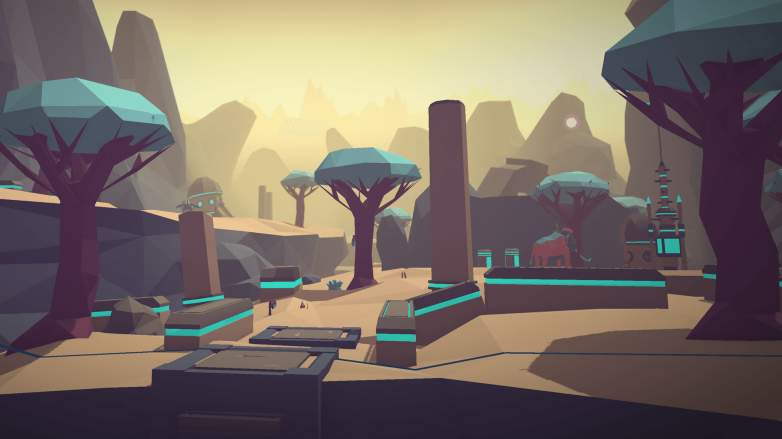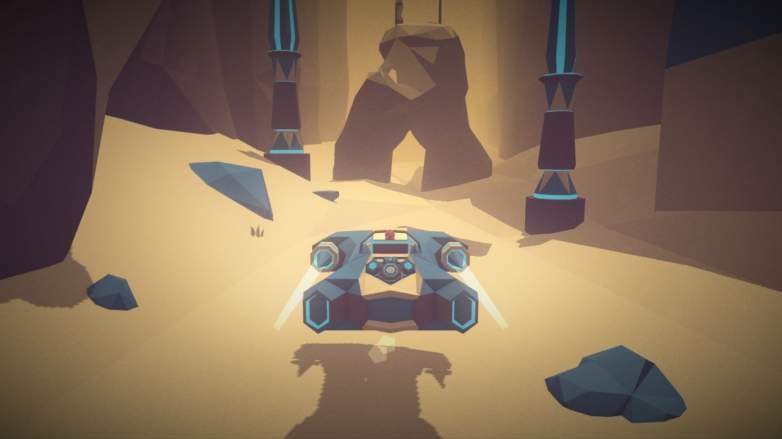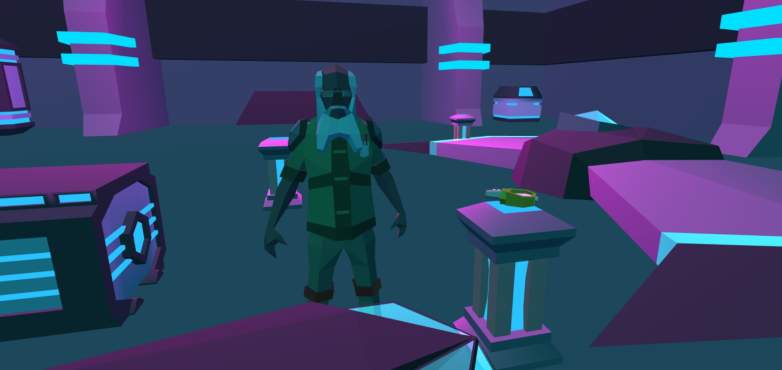
Morphite
“The limits of the possible can only be defined by going beyond them into the impossible.” – Arthur C. Clarke
The most alluring description of Morphite would be to call it a mobile No Man’s Sky. You explore nearly limitless randomly generated planets, scan nearly limitless randomly generated creatures, and can pay as much or as little attention to the main quest as you’d like – though to explore everything, you’ll want the weapon upgrades that story line provides.
Along those lines, Morphite is perfectly serviceable considering its ambition. It’s not as pretty or polished as No Man’s Sky, but then again No Man’s Sky isn’t on Mobile (or Xbox One, for that matter) and Morphite is.
And Morphite is 20 dollars (7.99 on mobile).
Developed by Crescent Moon games of “Deer God” fame, Morphite does what many good games do – it takes what came before, re-jiggers it a little, adds a dash of pizazz, and lets out into the world – ideally with a lower price point and a couple of unique bells and whistles to entice gamers who may have passed on its influencers.
Here, Morphite re-jiggers the aforementioned No Man’s Sky by adding a system-resource friendly low-poly, 1980s aesthetic (neon blues and purples and synth music), and a distinct Metroid flavor – down to an upgradable suit, doors you shoot to open, and various weapon and equipment upgrades.
The fully-voiced plot finds you controlling Myrah, who after running a couple of tutorial missions for her mentor / boss, stumbles across a mysterious substance called Morphite. Turns out Morphite is an incredibly rare and powerful substance, and as a result, another space-faring group is looking for it, and will shoot anyone (primarily you) in the way.
The story is macguffin heavy. Go here, find this, come back, find this other thing you need, come back, get upgrade, rinse, repeat. Smartly, these story segments are short, and aren’t self important; serving primarily to set the table for the next mission. With the retro aesthetic there was likely temptation to go over-the-top with the line delivery, but most everything is even-keeled and delivered with serviceable emotion where appropriate.
The story corresponds to over a dozen hand crafted planets littered throughout Morphite’s massive galaxy, and on these planets you’ll engage in combat, light puzzle solving, a lot of exploration, mineral mining, the scanning of flora and fauna, and boss fights.
Alas, the combat and those boss fights are a little…easy. The Metroid Prime influence is felt as you lock-on to enemies and strafe around them. In the early going you’ll be low on ammo (especially bombs) and find yourself frantically backtracking while you wait for your gun to recharge. But eventually you wisen up, upgrade, and it becomes fairly easy to accomplish.
An interesting wrinkle here is you want to scan these beastly creatures before killing them. In one situation I was up against massive, tree-like monsters that towered over me. I started to scan one, only to realize it was hostile, and promptly backed into another massive tree-like beast, and was promptly dead.
Turning combat in Morphite into a white-knuckle edge of your seat experience is like introducing a death metal drum solo into your meditation tapes. It’s just enough to keep you on your toes, but Morphite isn’t about its combat.
In fact, it’s often more frantic (and exciting) to get a scan of a high-speed bug or flying creature than it is to shoot and kill many of the monsters in the game. At one point I was 75 percent of the way to scanning a blue firefly looking thing, barely paying attention to my surroundings, and promptly fell into what felt like a miles deep lagoon – where the eel from Mario 64 was happy to say hello with his teeth.

Scanning is actually your primary form of interaction with the creatures of Morphite. You scan a plant, or animal, and then sell that scan later at a star base for ‘chunks’ which are then used to buy ammo, fuel, upgrade your ship and other resources, etc.
Unfortunately resources and minerals – which are used to upgrade both your suit and weapons, are pretty…difficult to figure out. They all have wild names like Thrixophene or Polytheist and you need certain kinds to upgrade. If I need 20 Spockians, the game does little to inform the player where that resource is common. It would have been helpful if certain resources were found near trees, others most often underwater, others in caves, etc.
Instead, literally, it’s a crap shoot with a lot of grinding. Go here, land here, gather everything in sight, and hope for the best. It can become monotonous – which in turn pushes you back to the main storyline, which has a direction and purpose and drive the rest of the game sometimes lacks.
I think it feels lacking because the planets seem so…empty a lot of time (NOTE: The Developer will be increasing random event spawning in a future update). It seems few of the planets I’ve landed on have had a lot to do. I was able to ride a freaking Dinosaur which was cool, another time I had to shoot people who were caught up in bubbles, and I played ring-toss on a space station – there’s also bowling, racing, and space combat out there.

Morphite
But these were rare happenings – if these distractions had progression, yielded worthwhile rewards, and simply happened more often then they do, it’d go a long way to making Morphite’s exploration more compelling than it is.
That said, it’s a small miracle this game is on mobile. The idea of having an entire universe to explore in your pocket is wonderfully intoxicating, and if you’re on a commute and have good headphones, you can simply sit down, do a little exploring, prospecting, and questing, and vibe out and relax.
Ultimately, Morphite is a little janky and a little barren, but the music and sense of serene calm that comes over you while playing on a smoke break or an early Sunday evening makes Morphite feel like something more (or less) than a game. It’s an ambitious experiment.

If I had to describe Morphite in one word, it’d be ‘chill’. The 80s retro-aesthetic harkens back to an era that never quite was. A future of neon blues and purples, spacemen (and women), star fighters and foreign worlds – a universe of promise in the world of tomorrow.
An era where gamers were kids forever, and the promise of a nearly endless game with nearly limitless planets to explore and nearly limitless quests to complete, with minigames, a storyline, and power ups would be your favorite Christmas present satisfy you for years.
The problem is gamers and the world grew up and in many cases sacrificed wonder for harsh reality.
In the imagined year of 20XX this would be Game of The Year.